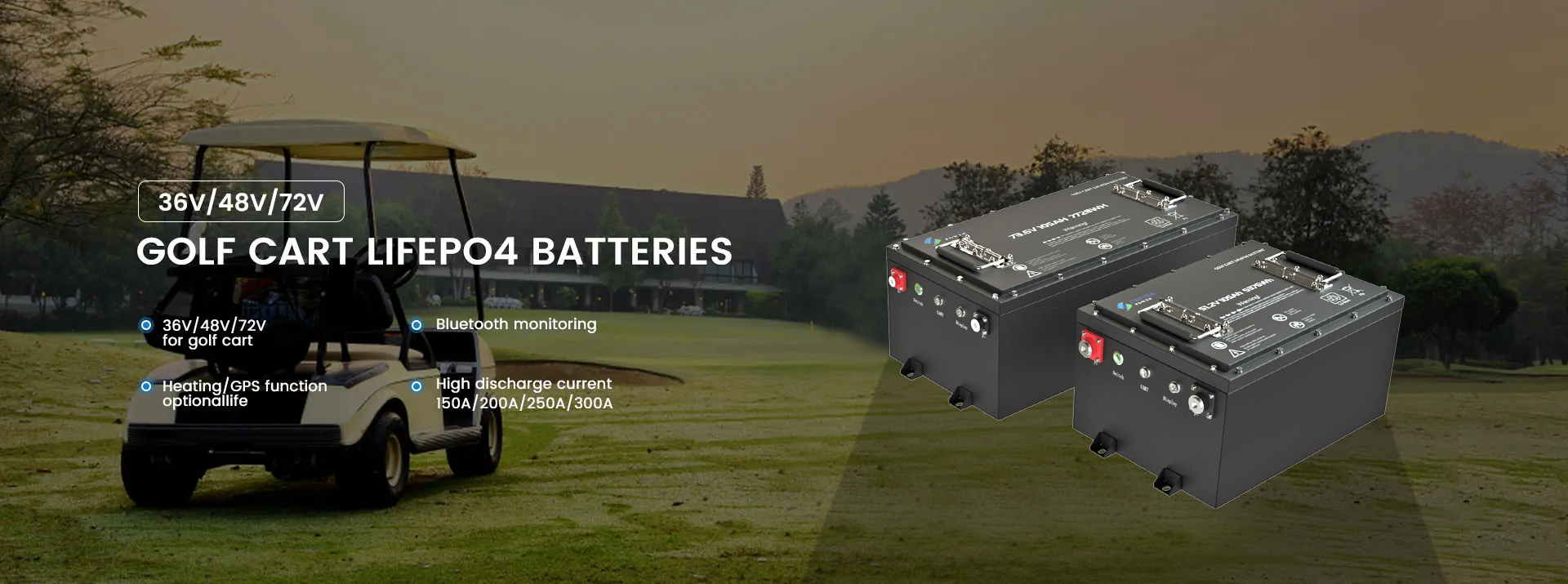
What Are Forklift Batteries Made Of?
Forklifts are essential to the logistics, warehousing, and manufacturing industries, and their efficiency largely depends on the power source they use: the battery. Understanding what forklift batteries are made of can help businesses choose the right type for their needs, maintain them properly, and optimize their performance. This article explores the materials and technologies behind the most common types of forklift batteries.
Types of Forklift Batteries
There are primarily two types of batteries used in forklifts: lead-acid batteries and lithium-ion batteries. Each type has distinct characteristics based on its composition and technology.
Lead-Acid Batteries
Lead-acid batteries are composed of several key components:
Lead Plates: These serve as the battery's electrodes. The positive plates are coated with lead dioxide, while the negative plates are made of sponge lead.
Electrolyte: A mixture of sulfuric acid and water, the electrolyte facilitates the chemical reactions necessary to generate electricity.
Battery Case: Usually made of polypropylene, the case is durable and resistant to the acid inside.
Types of Lead-Acid Batteries
Flooded (Wet) Cell: These batteries have removable caps for maintenance, allowing users to add water and check electrolyte levels.
Sealed (Valve Regulated) Lead-Acid (VRLA): These are maintenance-free batteries that include Absorbent Glass Mat (AGM) and Gel types. They are sealed and do not require regular watering.
Benefits:
Cost-Effective: Generally cheaper upfront compared to other battery types.
Recyclable: Most components can be recycled, reducing environmental impact.
Proven Technology: Reliable and well-understood with established maintenance practices.
Drawbacks:
Maintenance: Requires regular maintenance, including checking water levels and ensuring proper charging.
Weight: Heavier than other battery types, which can affect the forklift’s balance and handling.
Charging Time: Longer charging times and the need for a cool-down period can lead to increased downtime.
Lithium-Ion Batteries
Lithium-ion batteries have a different composition and structure:
Lithium-Ion Cells: These cells are made up of lithium cobalt oxide or lithium iron phosphate, which serve as the cathode material, and a graphite anode.
Electrolyte: A lithium salt dissolved in an organic solvent acts as the electrolyte.
Battery Management System (BMS): A sophisticated system that monitors and manages the battery’s performance, ensuring safe operation and longevity.
Battery Case: Typically made from high-strength materials to protect the internal components.
Benefits and Drawbacks
Benefits:
High Energy Density: Provides more power in a smaller and lighter package, enhancing the forklift's efficiency and performance.
Maintenance-Free: Requires no regular maintenance, reducing labor and downtime.
Fast Charging: Significantly faster charging times and no need for a cool-down period.
Longer Lifespan: Generally lasts longer than lead-acid batteries, which can offset the higher initial cost over time.
Drawbacks:
Cost: Higher initial investment compared to lead-acid batteries.
Recycling Challenges: More complex and costly to recycle, though efforts are improving.
Temperature Sensitivity: Performance can be affected by extreme temperatures, though advanced BMS can mitigate some of these issues.
Choosing the Right Battery
Selecting the appropriate battery for your forklift depends on several factors:
Operational Needs: Consider the forklift’s usage patterns, including the duration and intensity of use.
Budget: Balance initial costs with long-term savings on maintenance and replacements.
Maintenance Capabilities: Assess your ability to perform regular maintenance if choosing lead-acid batteries.
Environmental Considerations: Factor in the environmental impact and recycling options available for each battery type.
Post time: Jun-12-2024






